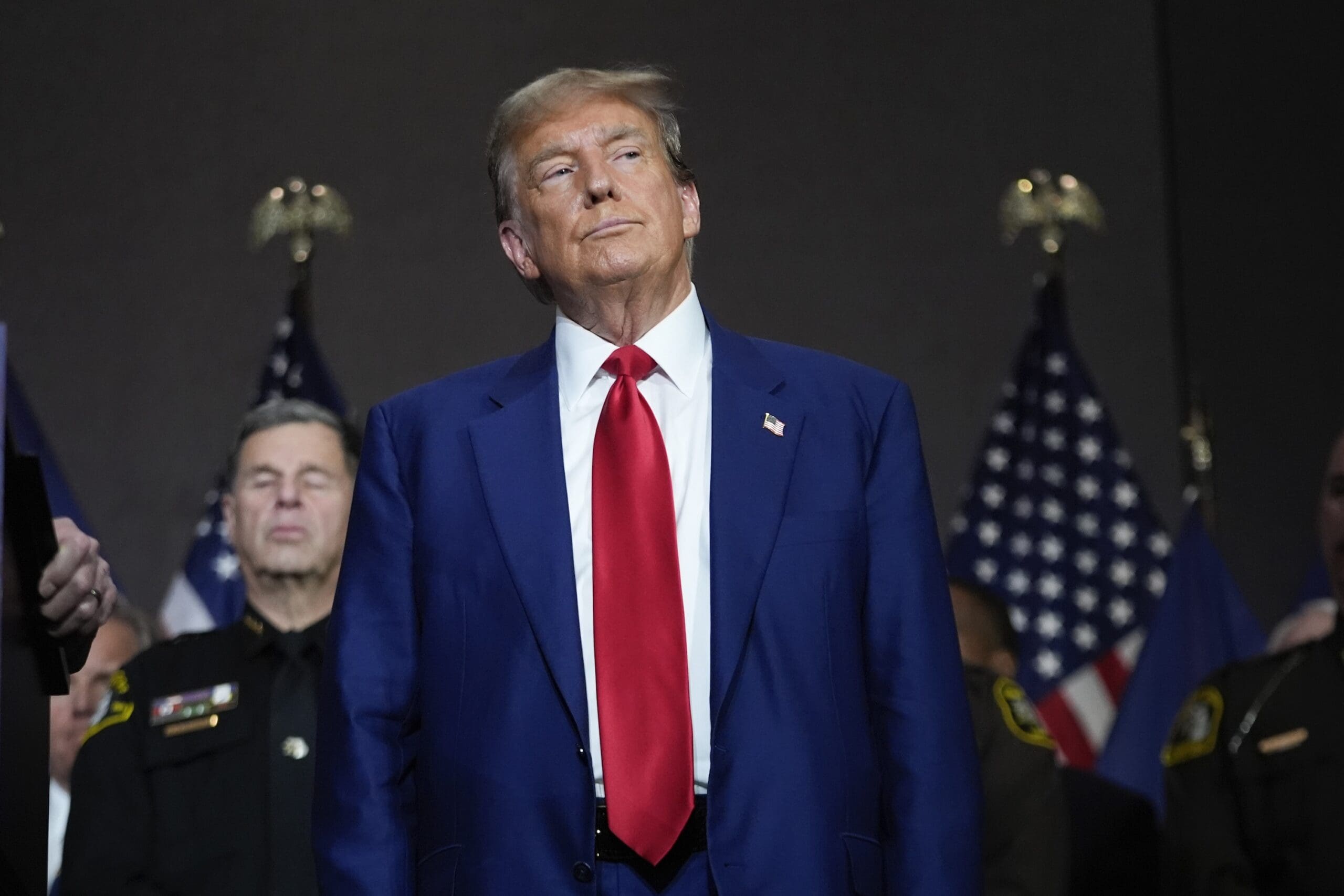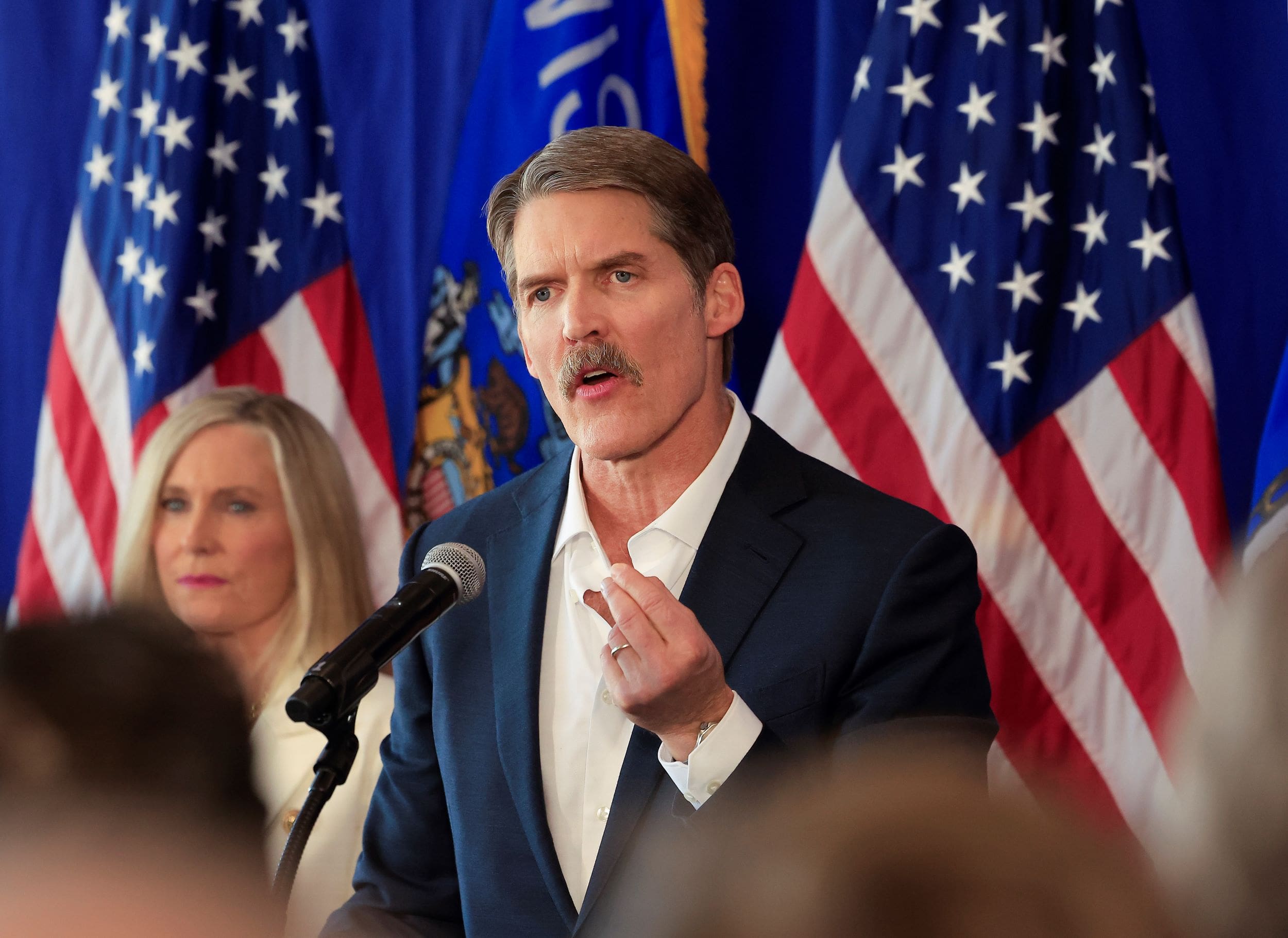Explainer: House Republicans’ dangerous debt limit gambit

Josh Israel
Republicans in Congress, led by House Speaker Kevin McCarthy, are once again threatening to vote against raising the United States’ national debt limit unless President Joe Biden and Democratic lawmakers agree to significant spending cuts.
If Congress doesn’t act to raise the debt limit and the United States defaults on its debt, experts say, the impact on the economy would be catastrophic.
The national debt stands at roughly $31.5 trillion. Under current law, the government cannot borrow more than $31.381 trillion. This figure is known as the debt limit.
Treasury Secretary Janet Yellen said that the federal government has started using what are called “extraordinary measures,” including moving funds from one government account to another and suspending investments in retirement funds, for example, to buy time before the country defaults on its debt.
But without a legislative fix, the country may be unable to pay what it owes as soon as June.
The American Independent Foundation spoke with Jean Ross, a senior fellow for economic policy at the Center for American Progress, and Paul Van de Water, a senior fellow at the Center on Budget and Policy Priorities. Both said that lawmakers must act to avert a default on the debt and that even the debate itself could seriously harm the economy.
What is the debt ceiling?
Each year, if the federal government spends more than it takes in, it runs a budget deficit. With the approval of Congress, the Treasury Department can borrow money to make up for the shortfall. Those loans become part of the nation’s debt and accrue interest over time. Except for a few years under President Bill Clinton, the national debt has increased for decades.
Congress sets a cap on how much borrowing the federal government can do. It has voted 78 times to raise or temporarily ignore that ceiling.
“The debt limit does not authorize new spending commitments,” the Treasury Department website explains. “It simply allows the government to finance existing legal obligations that Congresses and presidents of both parties have made in the past.”
Where does the national debt come from?
About 63% of the budget is mandatory spending on safety net programs, including Medicare, Medicaid, and Social Security. Some Republican lawmakers, including McCarthy, have said Medicare and Social Security cuts are off the table, while others have suggested cuts to those popular programs. The Republican Study Committee, a group of about 170 House Republicans, hopes to raise the eligibility age for Medicare from 65 to 67.
About half of the federal government’s discretionary spending goes to national defense and veterans’ benefits. Some House Republicans have indicated that defense spending — which they successfully pushed to increase just last year — should also be off the table. Texas Rep. Tony Gonzales told CBS News on Jan. 8 that such cuts would be a “horrible idea.”
To make any significant dent in the deficit without touching those programs would require draconian cuts to everything else, from transportation, education, and public health to clean air and water, as well as other safety net programs.
“It would have a devastating impact on programs that are critical to the U.S. economy,” Ross said.
Why is raising the debt ceiling such a big deal?
The nonpartisan U.S. Government Accountability Office said in a blog post in September 2021 that there are two “significant drawbacks” to having a statutory debt limit: “The debt ceiling does not control the amount of debt. Instead, it is an after-the-fact measure that restricts the Treasury’s ability to borrow to finance the decisions already enacted by Congress and the President,” it said.
Secondly, it said, “Delays in raising the debt ceiling can disrupt financial markets, increase U.S. borrowing costs, and threaten the full faith and credit of the United States.”
Van de Water said that the current arrangement between Congress and the Treasury “works only insofar as the Congress is responsible and takes prompt action to increase the limit when it’s needed.” At the moment, he said, many members are not being responsible.
What is the current fight over?
Biden and congressional Democrats have been clear about their position: The debt limit needs to be raised or suspended.
Congressional Republicans have been much tougher to pin down. Senate Minority Leader Mitch McConnell said on Jan. 24 that it was up to McCarthy to find a solution with Biden, observing that he did not believe that even a bipartisan Senate debt agreement “could actually pass this particular House.”
Despite repeated requests from Biden and Senate Majority Leader Chuck Schumer for McCarthy to offer a specific plan for what to cut, McCarthy has not done so.
It’s unclear whether his fractious and narrow majority will agree on a plan anyway.
“The bottom line is that the debt ceiling has to be increased or suspended, period,” Van de Water said. “Thinking that somehow that the federal government can all of a sudden be required to stop borrowing and that there are ways to make that, to avoid the adverse consequences of that, are just wishful thinking.”
Why is the political showdown over the debt limit so harmful?
Going back to 1979, Congress and the White House have intermittently fought over debt ceiling increases without ever getting to a default. But in 2011, the Republican majority in the House firmly refused to pass a debt ceiling increase unless President Barack Obama and Senate Democrats agreed to slash federal spending. At the last minute, Democrats compromised and agreed to cap discretionary spending in exchange for a debt limit increase. Obama and then-Vice President Biden reportedly vowed never again to negotiate over the debt limit.
Even a possible default was enough to scare credit rating agencies. Standard & Poor lowered the nation’s long-term debt rating from AAA to its current AA+.
The market uncertainty caused by the delays increased the government’s borrowing costs by about $1.3 billion in the 2011 fiscal year, according to a 2012 Government Accountability Office report.
“I think you know, most countries don’t have this,” Ross observed. “Congress still holds on to the purse strings through the federal budget process. I think it’s hard to make a case for why we need the debt ceiling.”
What happens if Congress doesn’t act to raise the debt ceiling?
Last October, key House Republicans indicated that if they regained the majority in the 2022 midterms, they would use the debt limit to force major spending cuts.
Van de Water told the American Independent Foundation that in the case of a default, the Treasury would have to either delay paying its bills or make drastic spending cuts, possibly as much as 20%. A cut that large, he warned, would be a huge “shock to the economy.”
“Given that a lot of people think that we’re already perhaps verging on a recession, a further big cutback in government spending would surely push us over the edge into recession territory,” he added.
These dire predictions were echoed in a paper published in September 2021 by economists at Moody’s Analytics, who warned: “Shutting the government down would not be an immediate hit to the economy, but a default would be a catastrophic blow to the nascent economic recovery from the COVID-19 pandemic. Global financial markets and the economy would be upended, and even if resolved quickly, Americans would pay for this default for generations.”
Published with permission of The American Independent Foundation.




